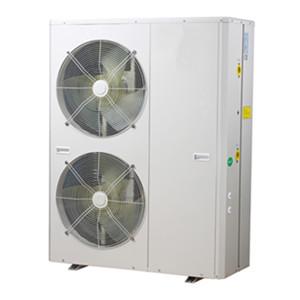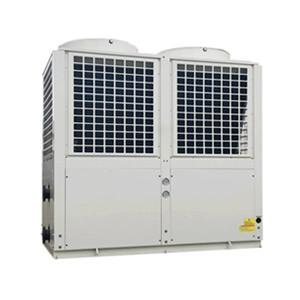What are the Disadvantages of a Heat Pump?
Heat pumps are becoming more and more successful. However, they are not
necessarily the right choice for every situation. Here's a "true or false"
to give you an idea of the downsides typically associated with this type of
heating.
1. Buying and installing a heat pump is expensive
Unfortunately, the upfront cost can be the main disadvantage of an air
source heat pump. Most just don't, or feel able to pay a larger up-front cost.
Air source heating costs are mainly dominated by air source heat pump
installation costs. Since renewable technology is still a fairly new industry,
few people know how to do it compared to fossil fuel alternatives.
However, we still think overall ASHP is really less expensive to run.
The truth is, when considering the total cost of an air source heat pump, you
only have to wait a few years to recoup your investment.
2. Dependence on electricity
Although it may be safer to run a heat pump than a gas furnace or
boiler, an electric air source heat pump system may not operate during a power
outage. On the other hand, opting to buy a traditional furnace doesn't make you
immune to the negative effects of power distribution issues.
The latest furnaces are equipped with electric igniters such as hot
surface igniters and intermittent indicator lights. Because the newest furnaces
utilize electric igniters to generate hot air, they won't be available during a
power outage.

3. Efficiency drops in cold weather
real. More precisely, it's the "coefficient of performance"
that drops. 3 on average: 1 kWh of electricity is consumed for every 3 kWh of
heat produced.
The colder the weather, the more the heat pump has to work, and therefore
the more heat it consumes, in order to continue extracting heat from the
increasingly colder source. This is an unavoidable fact of life.
If the outside temperature is between +°2C and -7°C, the power
consumption will be doubled.
At temperatures below -20°C, heat pumps with air (air/water or air/air)
exchangers cannot operate because the refrigerant they contain no longer
evaporates. This is why the heat pump is equipped with an additional electric
heater that takes over when the system cannot gather enough external energy to
heat the water to the desired temperature.
4. The house needs to be insulated
Insulation is essential for an air source heat pump, so you want to make
sure you get the most out of every kilowatt of heat you produce. If you don't
have enough insulation, there are additional costs to consider.
5. Requires a larger heatsink
A major disadvantage of air source heat pumps is that they simply don't
provide the same level of heat that some homeowners expect. As bad as this
sounds, it just means this is a heating system that works best with floor
heating and radiators.
Therefore, a larger heatsink is usually required, which is an additional
cost that must be considered when installing.
While the overall temperatures are lower, they are consistent. This
means that if your home is well insulated, you will always enjoy warm,
comfortable temperatures (rather than the peaks and troughs that traditional
gas boilers can produce).
6. The heat pump is noisy
Another disadvantage of an air source heat pump is the noise it makes,
much like an air conditioning unit.
Most people find that placing the ASHP away from a quiet area of the
house, such as a bedroom, doesn't bother them at all, but if you're sensitive
to noise it can be annoying.
Fortunately, manufacturers have been improving, so the new models are
quieter than ever, and some are almost silent.
7. Requires planning
For some, the fly in the ointment is the need to meet regulations when
installing ASHP. While planning permission is not required for the vast
majority of people, there are a few things that must be followed in order for
an ASHP installation to be free from local councils.
This includes making sure the installation is at least one metre from
the boundary of your home, for heating only, on a suitable surface such as the
ground or a flat roof (1 metre from the edge), with a maximum volume of 0.6
cubic metre.
8. Not too pretty
The final downside (if it can be considered) is the appearance of the
air source heat pump, which tends to look like an air conditioning unit.
Most people are used to seeing their heating system tucked away in some
cupboard rather than outside of their home. That said, if you find them really
unappealing, box them with a custom container box or even some tasteful
fencing, or hide it behind a few bushes!
Want to know more?
Have you found yourself interested in heat pumps? Please contact us. We will give you the most professional advice.





